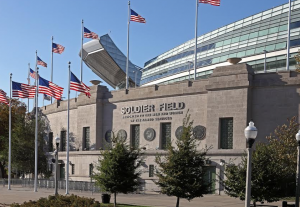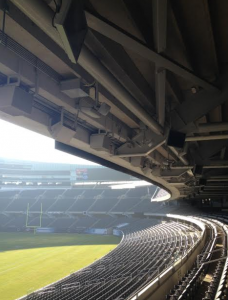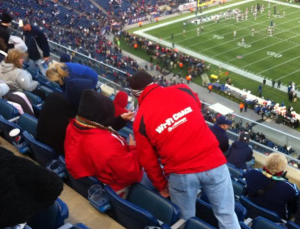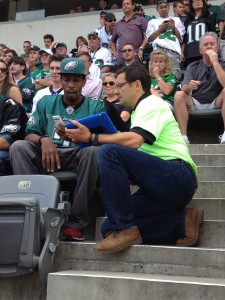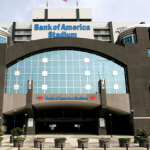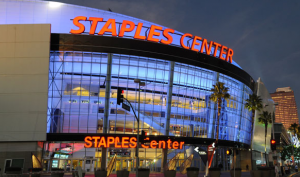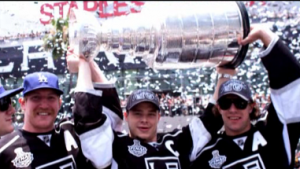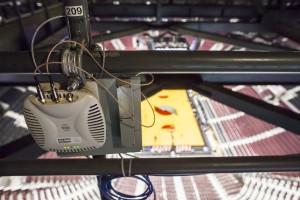Even though the steady march of smartphone and tablet use at sporting events seems to show no sign of decreasing anytime soon, I am going to go out on a small limb here on the last day of 2013 and predict that we will NOT see a new record for mobile data use at the upcoming Super Bowl XLVII.
Why? Because it’s outside, in New Jersey, and it will very likely be cold or snowy — so the lucky fans who get to freeze their behinds off will most likely keep their fingers inside their gloves or mittens, and not expose them to the elements just to text, post photos or view handheld video. Well, some if not many people probably will, since MetLife Stadium has (reportedly) one of the better Wi-Fi installations in the NFL. And maybe there will be a power outage, which is always good for more wireless use. But still — it’s not such a stretch to think that fewer people will be using their phones at MetLife than at the Superdome from last year, right?
Or will new records be set anyway, since probably more fans will have more devices and more people now know that they can get a decent signal inside a stadium? If you are reading this blog you are probably among the select crowd who cares about such statistics, so stay tuned and we will provide you with updates since we usually get them from the cell providers and stadium operators the week after the big game. For now, happy new year to all and here’s to a great 2014 in stadium technology and mobile sports.
